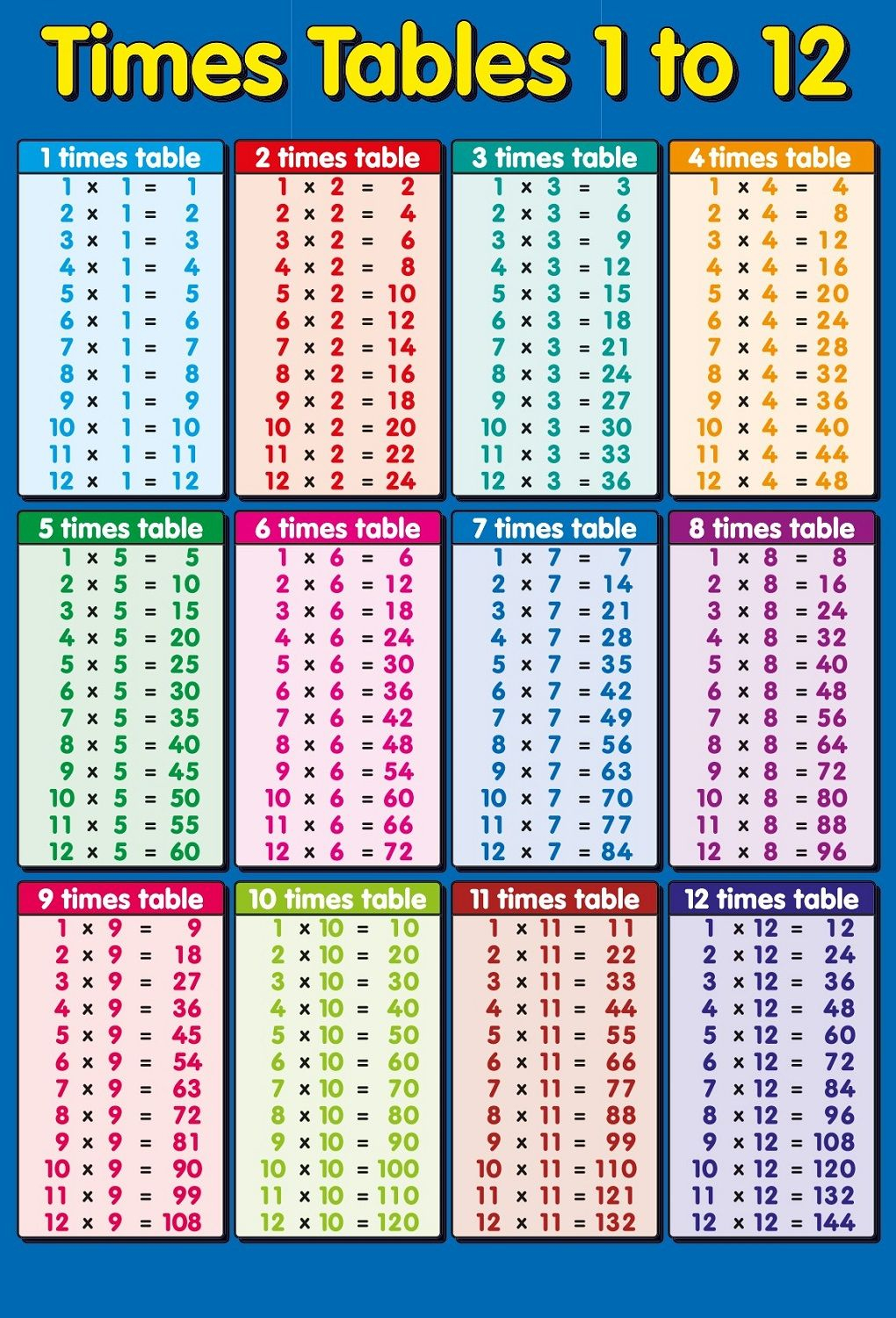

The Greco-Roman mathematician Nichomachus (60–120 AD), a follower of Neopythagoreanism, included a multiplication table in his Introduction to Arithmetic, whereas the oldest surviving Greek multiplication table is on a wax tablet dated to the 1st century AD and currently housed in the British Museum. It is also called the Table of Pythagoras in many languages (for example French, Italian and Russian), sometimes in English. The multiplication table is sometimes attributed to the ancient Greek mathematician Pythagoras (570–495 BC). The oldest known tables using a base of 10 are the Chinese decimal multiplication table on bamboo strips dating to about 305 BC, during China's Warring States period. The oldest known multiplication tables were used by the Babylonians about 4000 years ago.

History Pre-modern times The Tsinghua Bamboo Slips, Chinese Warring States era decimal multiplication table of 305 BC Many educators believe it is necessary to memorize the table up to 9 × 9. The decimal multiplication table was traditionally taught as an essential part of elementary arithmetic around the world, as it lays the foundation for arithmetic operations with base-ten numbers. In mathematics, a multiplication table (sometimes, less formally, a times table) is a mathematical table used to define a multiplication operation for an algebraic system. Multiplication table from 1 to 10 drawn to scale with the upper-right half labeled with prime factorisations For a table of departure and arrival times, see Timetable (disambiguation).

There are a few rules that really help if they are caught between two answers – such as the only way to get an odd answer is to multiply an odd by an odd.Reward speed as much as accuracy, so allow your child to make an occasional guess!.Put a clock on it: ask your child to do 20 questions in a minute and they will have to start using recall rather than counting.We favour sticking to one table, and doing: 20 mixed questions with a crib sheet 60 mixed questions with a crib sheet, timed as many as you can in 2 minutes, no crib sheet. 5 to 10 minutes of intensive practice is ideal.Check out our blog for even more fun and creative ways to learn times tables.Using more than one method together, such as chanting and apps like DoodleTables, can make learning more diverse and engaging.Start with a variety of means: listening to times tables music, chanting, writing out, and using games and apps.With this in mind, here are a few tips for helping to learn tables off by heart. Plus, they can experience the satisfaction of getting more questions correct! Is your child struggling to learn their times tables off by heart? They’re not alone! Luckily, there are lots of tricks to make memorising multiplications much easier.Ĭhildren who know their tables by heart enjoy maths more because they don’t need to use their fingers to work out the answers to questions.


 0 kommentar(er)
0 kommentar(er)
